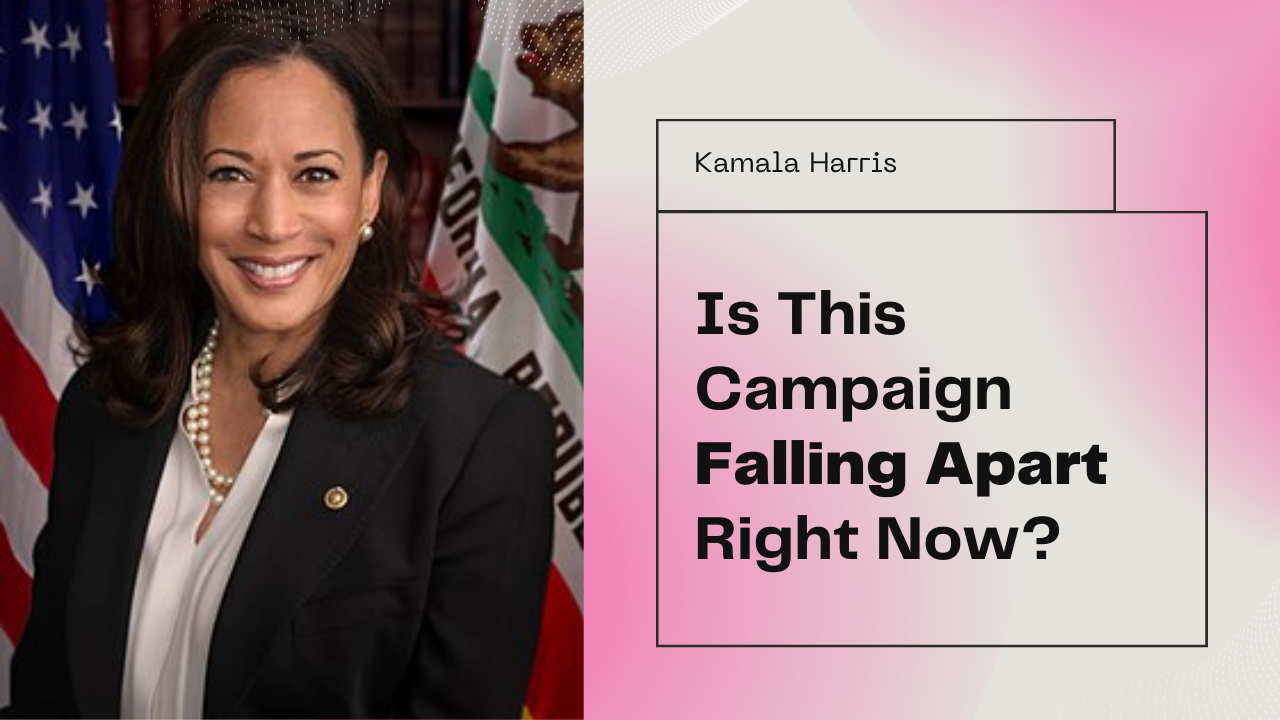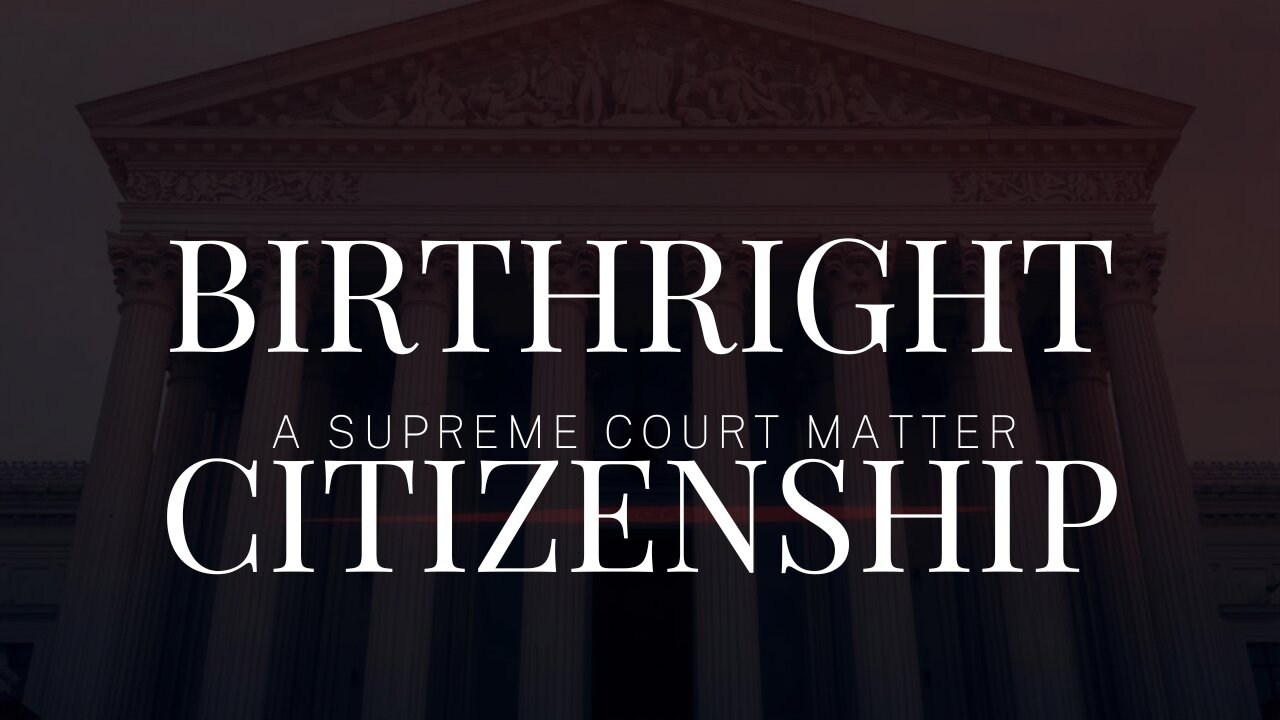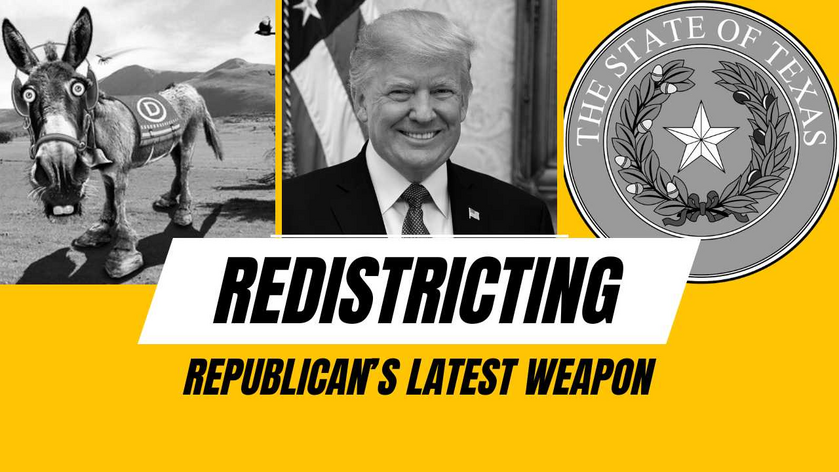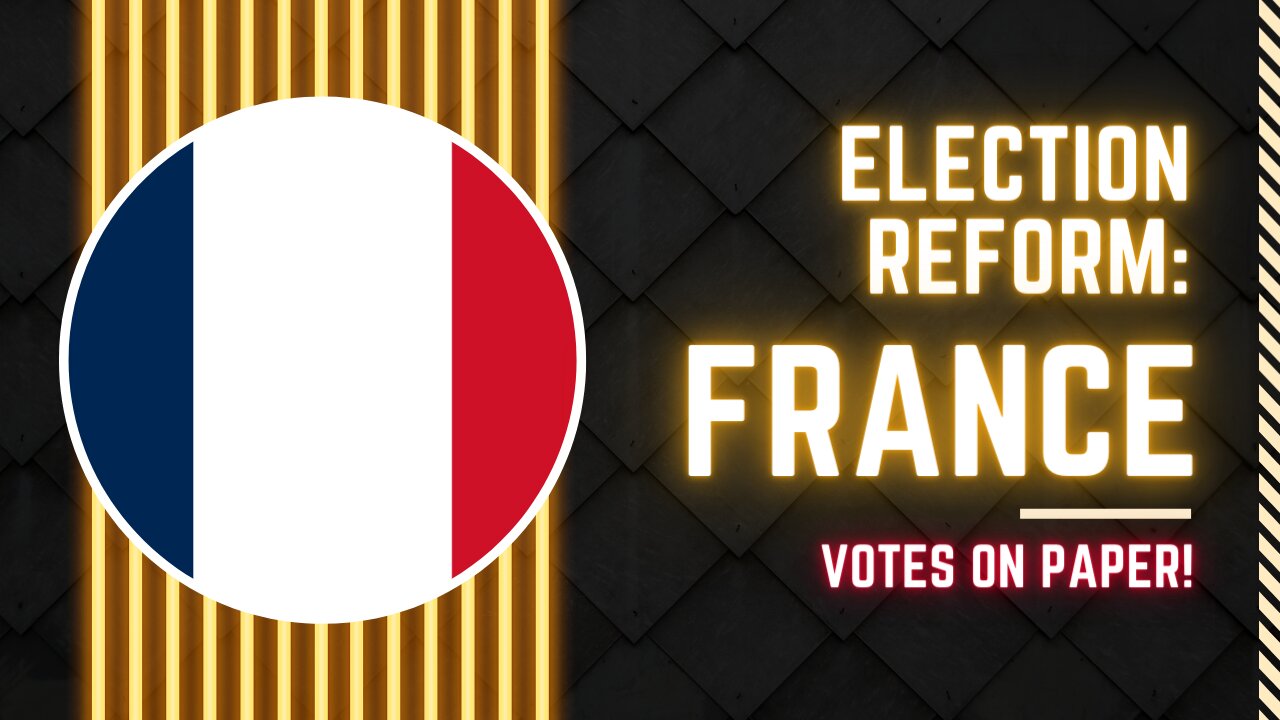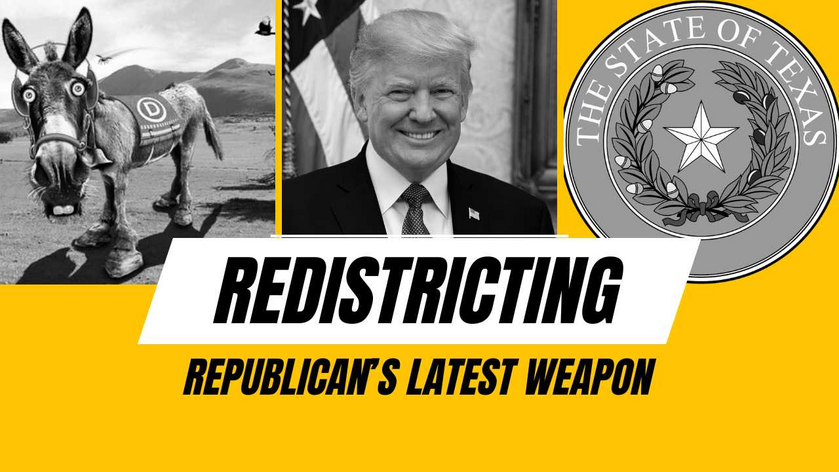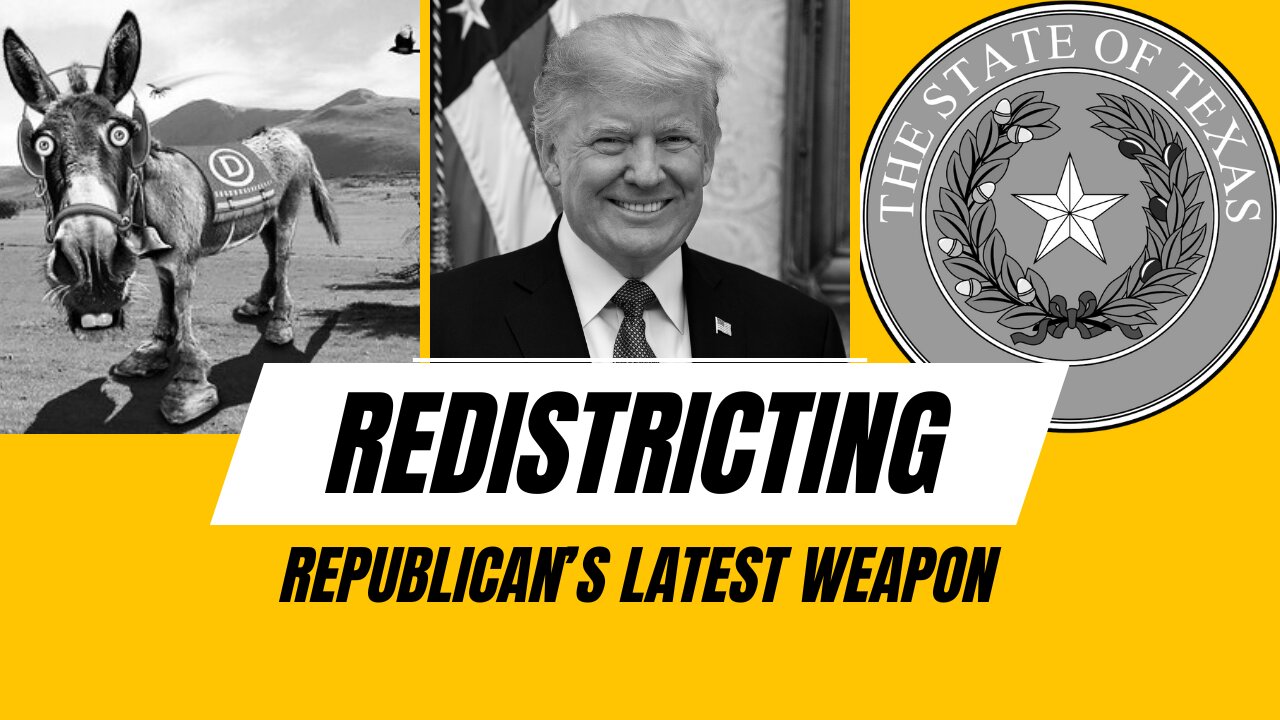The elite university community has been the incubator of leftist thought in America for nearly two centuries. What began with Antionio Gramsci in the 19th century, continued with Herbert Marcuse in the 20th. Marcuse underpinned the Marxist revolt on elite university campuses in the 1960s. Beginning then, the American elite university ceased to be a place for rigorious, politically neutral instruction. Or perhaps instruction can never be politically neutral, when one political side stands with and for the truth and the other stands with and for lies. Either way, these universities showed ever more obvious leftist bias, in student and faculty life and even in the curriculum. Now a contemporary historian tells us that the day of reckoning has arrived.
The explosion of elite university liberal bias
Members of the Baby Boom Generation remember the campus riots of the 1960s, and especially later in the decade. The first hints of campus unrest began in 1963 – and, later that year, an assassin(s) killed President John F. Kennedy. Herbert Marcuse (Eros and Civilization) outlined Critical Theory for the dubious benefit of elite university students. Critical Theory has been, from the beginning, a Marxist theory. Broadly speaking, it states that non-communist societies are inherently evil, and the Communist Revolution must destroy them.
Sadly, the campus rioters had a middling-good excuse: the Vietnam War. That war never had the support of the people, because communism had its appeal, and empire-building did not. (In case anyone doubts the appeal of communism, remember that Eugene Roddenberry’s Star Trek franchise always depicted a communist society.) Those students didn’t object to the draft for the sake of objecting to the draft. They wanted the communists to win. This chant, at a particular riot, was typical:
Ho! Ho! Ho Chi Minh!
NLF is gonna win!
The NLF (National Liberation Front) was the political arm of the communist revolutionary movement in Vietnam, the Viet Cong.
Eventually the takeover of elite universities moved from student agitators taking over buildings – to those same students growing up and becoming new faculty hires. These tenured radicals formed the basis of elite university faculty today. Now the buildings belong to them – because they have their offices in those buildings.
From subtle to not-so-subtle leftist bias
Your editor attended Yale University from 1976 to 1980. Oddly enough, on the very day your editor was running around from line to line, signing up for everything from bank accounts to post-office boxes to in-room tabletop refrigerators – a Soviet Army Air Forces officer was setting down his stolen jet interceptor on a Japanese runway and skidding eight hundred feet past the runway’s end. But no one would hear about the daring escape of Lt. Viktor Belenko until years later. And not many would hear of him at that. Why not? Because most members of the student body would consider him a traitor to the World Communist Revolution.
Before your editor arrived, a lecturer named William Shockley had accepted an invitation to speak on the campus. He propounded an admittedly controversial idea of the genetic superiority of Caucasians, and of an “elite sperm bank” to which he proposed to contribute and to recruit others to contribute. The University revoked his invitation to speak. Instead of letting him speak and maybe taking time to hold up his eugenics ideas to ridicule, the university community deemed his message too dangerous to hear. And most of the student body agreed.
During your editor’s studies at Yale, this kind of thing happened a few more times. A “Residential College Dean” ordered a representative of the Ernesto and Julio Gallo company to leave the campus, after several leftist demonstrators crashed the wine-tasting party she was to host. The era of elite university censorship had begun.
Leftist bias today
Yesterday (March 14), Victor Davis Hansen detailed the current state of elite university life – and it is not pretty.
By the 1970s, non-profit universities had dropped pretenses that they were apolitical and non-partisan. Instead, they customarily violated the corpus of iconic civil rights legislation by weighing race, gender, and sexual orientation in biased admissions, hiring, and promotions.
That was indeed a problem. Thomas Pangle, Ph.D., a much-loved professor of political science, saw leftist faculty agitators quash his application for tenure. (He hired on at the University of Toronto – and they granted him tenure.) And anyone who cares to check, will find that graduation rates were not uniform among all admissions demographics. Ideally, every student, once admitted, should have the same likelihood of graduating as any other. This was not the case.
But today the problem is an order of magnitude worse:
Graduation ceremonies became overtly racially and ethnically segregated. The same was true for dorms and “theme houses.” So-called “safe spaces,” in the spirit of the Jim Crow South, reserved areas of campus solely for particular races. Affluent foreign students often openly protested on behalf of designated terrorist groups like Hamas. First-Amendment-protected free speech all but vanished on elite campuses. Any guest speaker who dared to critique abortion on demand, Middle East orthodoxy, biological males dominating women's sports, or diversity/equity/inclusion (DEI) dogmas was likely to be shouted down, or on occasion roughed up.
Like Riley Gaines, whom campus protesters literally held for ransom. But the censorship problem didn’t stop with summary disinvitation or other disrespect of invited guest speakers. It extends now to the suspension or expulsion of students in otherwise good standing who express similar sentiments. At Yale, the Tory Party of the Yale Political Union now owns an off-campus house. That is the only place where, today, they can count on hosting one of their own meetings. The only reason other students do not vandalize that house is that if they did, they wouldn’t be dealing with the campus police. They’d be dealing with the New Haven city police, which might not be so sympathetic. And their cases would go, not to any Committee of Standards of Student Conduct, but before an adult court.
University administrators either ignored the violence done to the Bill of Rights or quietly approved when their rowdy students were turned loose on supposed conservatives.
Elite university financial missteps
But that wasn’t all that Yale University, or any other elite university, did. The direct collaboration between the Biden administration and dedicated censorship “observatories” at Stanford University has now become an evil legend. That was bad enough – until a new administration uncovered a flagrant abuse of the taxpayers’ money:
They began gouging government agencies such as the National Institutes of Health and the National Science Foundation by grabbing anywhere from 30 to 60 percent of individual campus grants as “overhead.” Yet they usually charged most private foundation grants a far more modest 15% surcharge – as if a lax government did not object to overcharging.
Whoa! Then add this:
They pushed for a vast expansion of the student loan program, whose portfolio of federally guaranteed loans reached $1.7 trillion. But once the federal government guaranteed student loans against default, universities began jacking up their fees and tuition well above the annual rate of inflation.
The Biden administration tried several dodges to “forgive,” that is, make taxpayers assume, student loan debt. The United States Supreme Court has said no – just as it said no to any more race-based admissions policies.
Still, nothing can top the replacement of the once-canonical classical curriculum in favor of explicit indoctrination in Marxist environmental and critical race and gender theories. Nor the (temporary) discontinuance of consideration of standardized test scores or comparative grade-point averages. As Hansen pointed out, the ultimate customer of any institution of higher learning is an employer. The Ivy League and its equivalents now have a taint: employers can’t be sure that a graduate “can write or speak well.”
Then came the Fourth Arab-Israeli War and the campus reaction to that. Gentile animus against Jewish students, while your editor attended Yale, manifested itself mainly as silly stereotypes – like “Jewish American Princess.” But against that, memories of World War II were still fresh – or at least, the “Nazi trope” was still a fashionable means of anti-conservative censorship. With the outbreak of the Israel-Gaza War, now the Jews became explicit targets of the left.
The Day of Reckoning
So now, says Hansen, executive and legislative action is now pending against the elite university community. Recently President Trump shut off $400 million in grants and other funds to Columbia University. They are the worst offenders regarding tolerance of antisemitic demonstrations and even assaults, and Trump had had enough. Shortly after that announcement, Columbia suspended, expelled, and even revoked degrees from students involved in the riots of last year. (Trump is also trying to deport one Mahmoud Khalil, an antisemitic riot ringleader. Incredibly, that case is tied up in court.)
Now Mr. Hansen reports on pending legislation, or at least sentiment, to:
Tax elite university endowments as much as 20 percent or more. (Rep. Troy Nehls, R-Texas, introduced such a bill shortly before Trump’s inauguration.)
Forbid universities to impose “overhead surcharges” of more than 15 percent on government grants.
End federal support for DEI initiatives or programs on campus.
Deport any foreign students who incite riots on campus, on any excuse.
Compel, on pain of loss of federal funding, compliance with the spirit of Amendments I, IV, V, and VI of the U.S. Constitution.
That last would require that any student facing discipline enjoy all the protections of a criminal defendant. And also that universities shall make no rules “abridging the freedom of speech.”
Summary
The Ivy League began as a collection of seminaries and divinity schools. No one would guess that today, because elite university administrations seem to have established atheism as the official campus anti-religion. That might have remained tolerable, as long as some academic rigor rermained. Sadly, that is no longer the case.
So perhaps the best remedies for these problems at elite universities will be to decamp from them. Prospective students, employers, and even donors are doing precisely that. Victor Davis Hansen doesn’t exactly describe de jure compulsion of campus reform; that might not be constitutional. But he has described a kind of “donor’s revolt” by the present government on behalf of the American taxpayer. Perhaps the public is not ready for a debate on whether the government should ever be a patron of higher education. But it is ready to decide whether to introduce rigor and selectivity to such patronage.
Link to:
The article:
https://cnav.news/2025/03/15/editorial/talk/elite-university-leftist-bias-provokes-response/
Video:

Victor Davis Hansen’s article:
Declarations of Truth:
Declarations of Truth Locals Community:
https://declarationsoftruth.locals.com/
Conservative News and Views:
Clixnet Media

